Here is everything you need to know to answer this often-asked question.
AT A GLANCE
Is Wall Mounting Necessary for a Wall Bed?
What You'll Need to Install a Murphy Bed
Wall Mounting and Installation for a Murphy Bed
Other Considerations Before Installing a Murphy Bed
Vertical vs. Horizontal Frames
Free-Standing Murphy Bed Models
Murphy Bed Specifications
FAQs

Is Wall Mounting Necessary for a Wall Bed?
The most common Murphy bed options are floor-mounted or wall-mounted, which indicates where the bed will be secured.
Floor mounting is required by traditional spring mechanism systems. This stabilizes it, but it usually causes permanent damage to the floor, according to home improvement expert Bob Vila. Spring mechanisms are counterbalanced to lower and lift the Murphy bed. Floor-mounted units are also more difficult to remove once installed.
The majority of Murphy beds on the market do require wall mounting. Wall-mounted units attach to studs and can generally be moved without causing much damage. Traditional wall-mounted Murphy beds rely on air piston lifting mechanisms to raise the bed platform up and down.
Depending on the model you select, different Murphy beds require different tools for installation. This is because most Murphy beds rely on either traditional spring-based or piston-based lifting mechanisms.
Although the YouLift Bed by Lori Beds is a Murphy bed, it doesn’t rely on traditional springs or pistons—the complex (and often risky) lifting mechanisms found in many wall beds. Instead, the YouLift system uses a patented, counterbalanced design that makes lifting and lowering the bed smooth and safe—no heavy lifting, no injuries, no surprises.
Unlike typical Murphy beds that exert pressure on your walls and floors through tension-based mechanisms, the YouLift Bed is engineered for simplicity and safety. The bed’s platform operates independently, attaching to the cabinet only when stored upright. This means there's virtually no stress placed on your floors, baseboards, or molding.
In short, the YouLift Bed offers all the space-saving benefits of a Murphy bed without the bulky hardware or the risk—just smart engineering designed for real homes.
What You’ll Need to Install a Murphy Bed

Here’s a list of the equipment you’ll want to have around when installing your Murphy bed:
- Screwdriver
- Rubber Mallet
- Wrench
- Stud-finder
- Common Drill
- Measuring tape, pencil, level, etc. These are not strictly required, but may come in handy
- Paint or stain, sandpaper, brushes, etc. for finishing your project
Wall Mounting and Installation for a Murphy Bed

Full DIY assembly and wall-mount should only take you between 1-2 hours.
To complete assembly, you will only need a screwdriver, rubber mallet, wrench, stud-finder, and a common drill to mount the cabinet to the wall.
(Check out our full assembly guide next)

Other Considerations Before Installing a Murphy Bed
Vertical vs. Horizontal Frames
Murphy beds are housed in a cabinet that has to be mounted to the wall for security. When the bed lifts up, it becomes flush against the wall, revealing cabinets, shelves, paneling, or a desk that instantly changes the function of a room. Traditionally, customers can choose from two types of frames: vertical and horizontal. Each requires a different level of effort when it comes to installation.
Vertically mounted Murphy beds tend to have more installation steps compared to horizontal models because horizontally mounted Murphy beds have a lower center of gravity and are far less likely to tip than vertical options, according to the experts at Go Downsize.
Keep in mind, larger beds may require more complex setup depending on your room layout. Visit our Murphy Bed Size Guide to learn which size works best for your home.
Free-Standing Murphy Bed Models
A no-mount Murphy bed is probably the only option for renters whose landlords refuse to allow them to drill holes in the walls or for those who simply don’t want to drill holes in the walls. As the name suggests, no wall mounting is required. So, how does a free-standing Murphy bed work?
According to Expand Furniture, with free standing Murphy beds, “The legs are attached to a desk to provide a counterbalance for the bed unit. The bed does not have to be mounted to the wall because the metal legs prevent the unit from toppling over.”
Free-standing models are also more portable than wall-mounted units, making it a more flexible alternative Murphy bed option for people who move around frequently. One major drawback to a no-mount wall bed is the cost. There are limited options on the market, and they cost close to $5,000. If you need to have the bed shipped, ask the freight company to take good care of it.
But despite all that, these no-mount bed models are still a perfect solution for adding a guest room or a spare bedroom to your small living space without creating one. Some of these beds may have a metal frame or come without any complicated hardware for installation. You can have them custom-built, like adding USB charging ports and small storage areas for easy access.
In our experience, a Murphy bed assembly typically takes two to four hours for one person working alone. With the help of a partner, it can take less than two hours.
At Lori Beds, our mission is to put the wall bed within everyone's reach. That's why we've designed step-by-step plans that make assembling the Lori Bed a breeze for even a novice. Each part of the process is detailed with pictures and explained in plain English. You can also follow along with our assembly video to see how to assemble the bed, including how to properly mount a Murphy bed to the wall.
Murphy Bed Specifications
Here are some differences in specifications and sizes between the Lori and YouLift beds:
|
Feature |
Lori Bed |
YouLift Bed |
|
Lifting mechanism |
Dual-chamber gas-piston |
Manual lift |
|
Mattress max thickness |
||
|
Dimensions (Queen, vertical orientation) |
Closed: 84.1″ H × 65.9″ W × 15.6″ D |
Closed: 81.75” H x 62.75” W x 23.25” D Open: 81.75″ H × 62.75″ W × 105″ D |
|
Materials and construction |
Cabinet & platform: real (cabinet-grade) plywood with woodgrain laminate; frame: powder-coated steel; no MDF/particle board Lori Beds+2Lori Beds+2 |
|
|
Safety and locking |
Proprietary mechanism locks for open and closed positions |
Platform locks |
|
Size |
Queen and Twin |
Queen only |
Did you enjoy this post about wall mounting and Murphy beds?
Here are three more posts to read next:
- The Difference Between a Lori Bed and a Traditional Murphy Bed
- Murphy Bed Guide: Can a Wall Bed Ruin a Mattress?
- What You Should Know Before Buying a Murphy Bed
This post was first published in 2020. It was updated in 2024 just for you.
FAQs
Do all Murphy beds need to be attached to the wall?
Not all Murphy beds need a wall attachment. Traditional Murphy beds are typically secured to wall studs to make them stable. However, floor-mounted Murphy beds and freestanding Murphy beds don’t need to be attached to the wall.
The right choice of bed depends on your room’s layout and the amount of floor space you need to save.

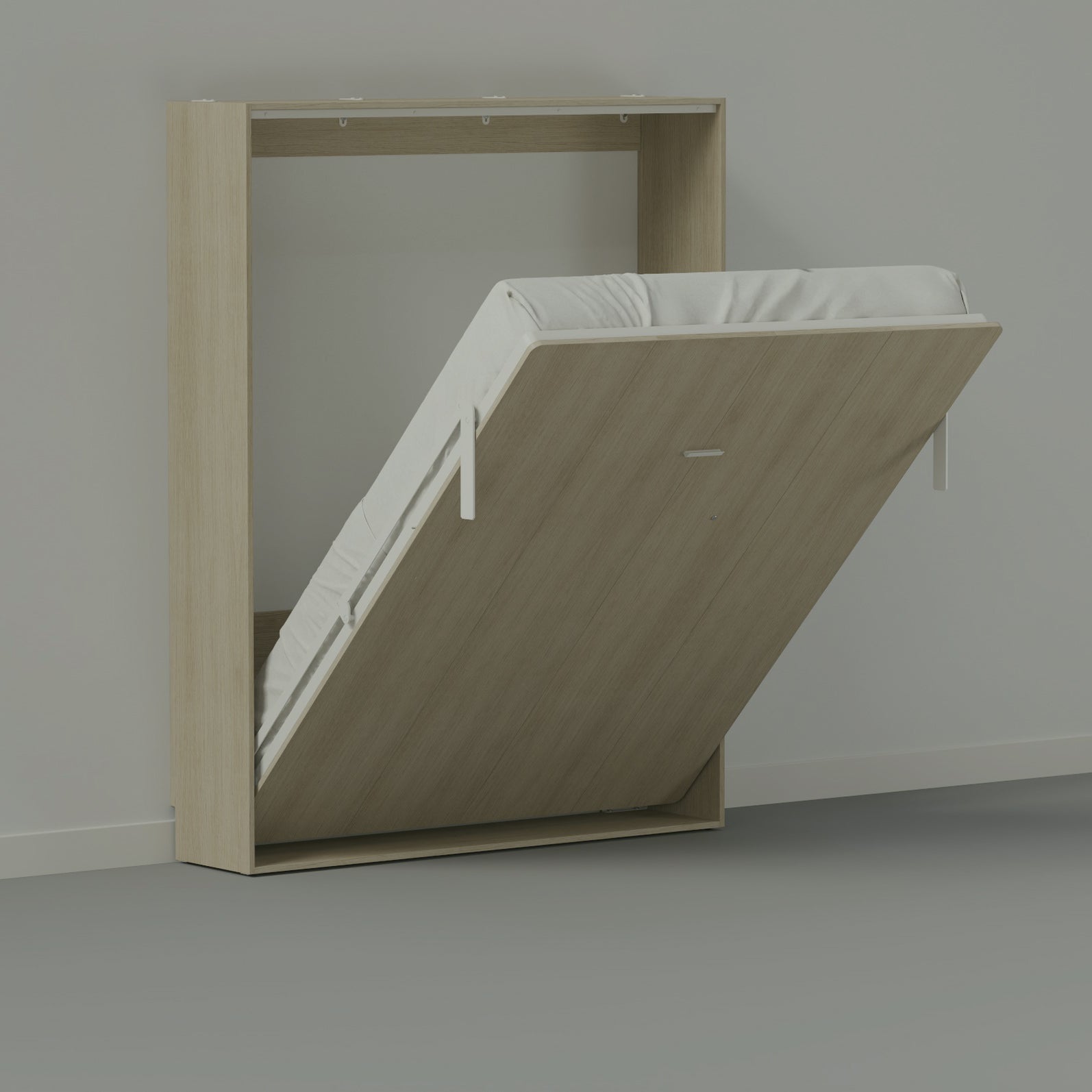
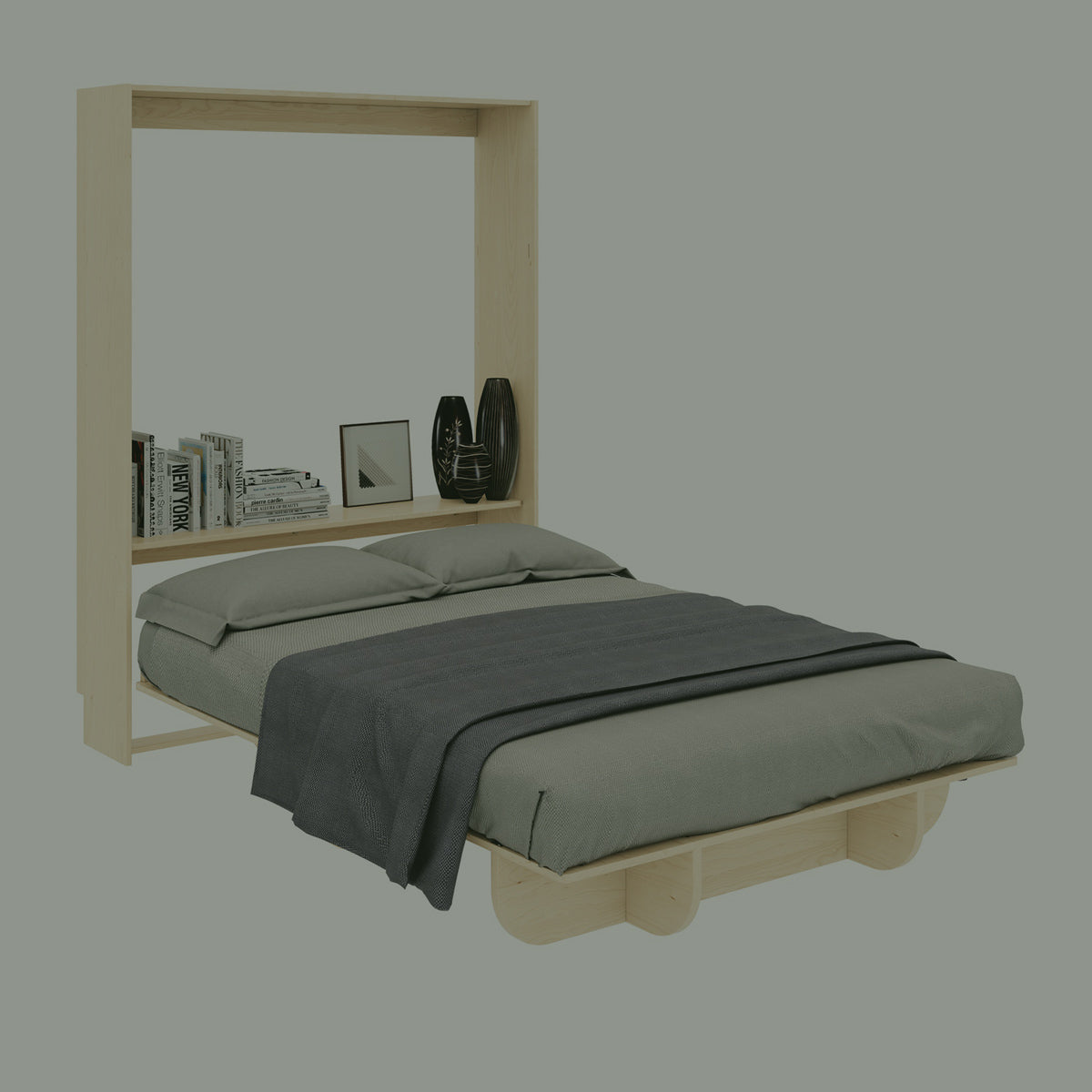

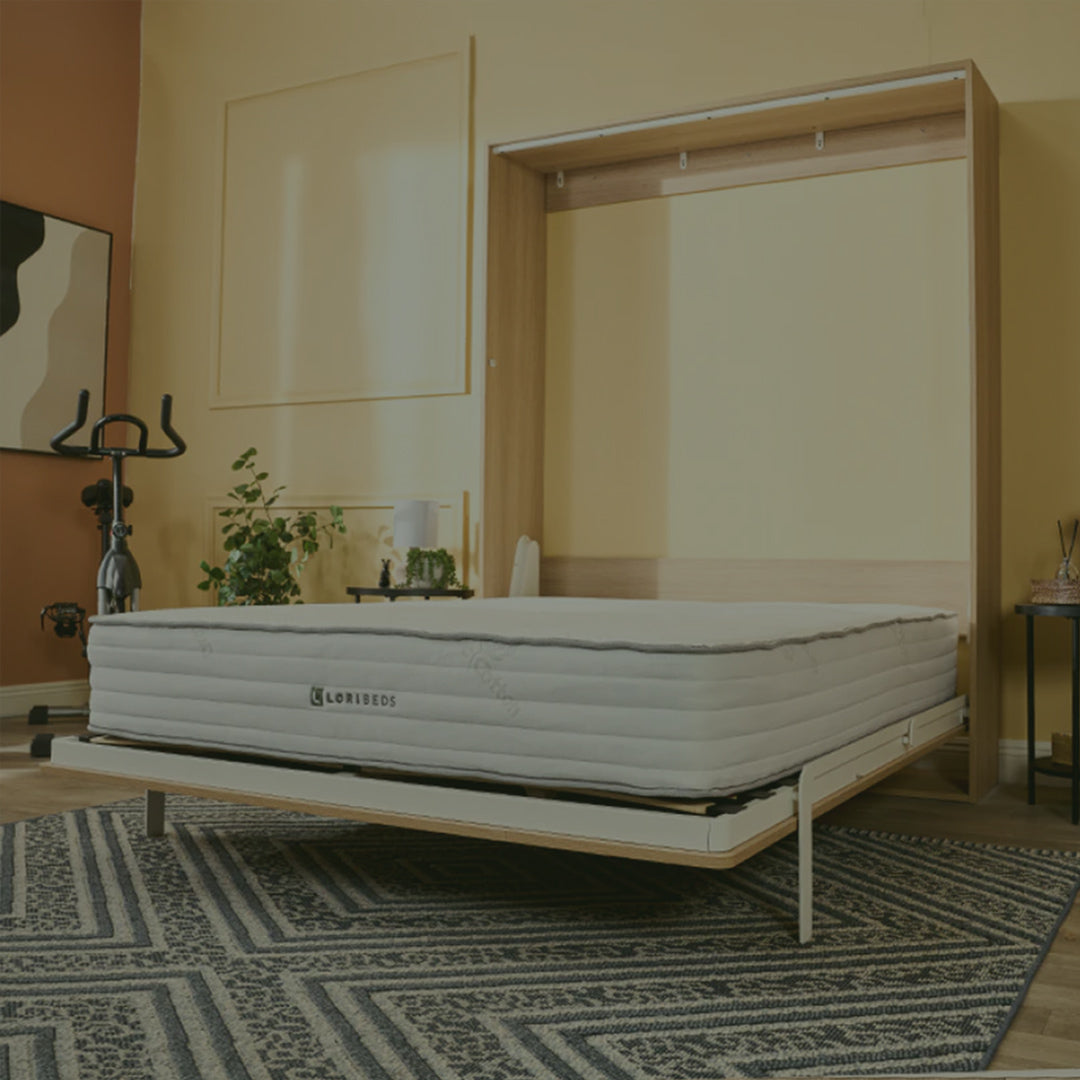
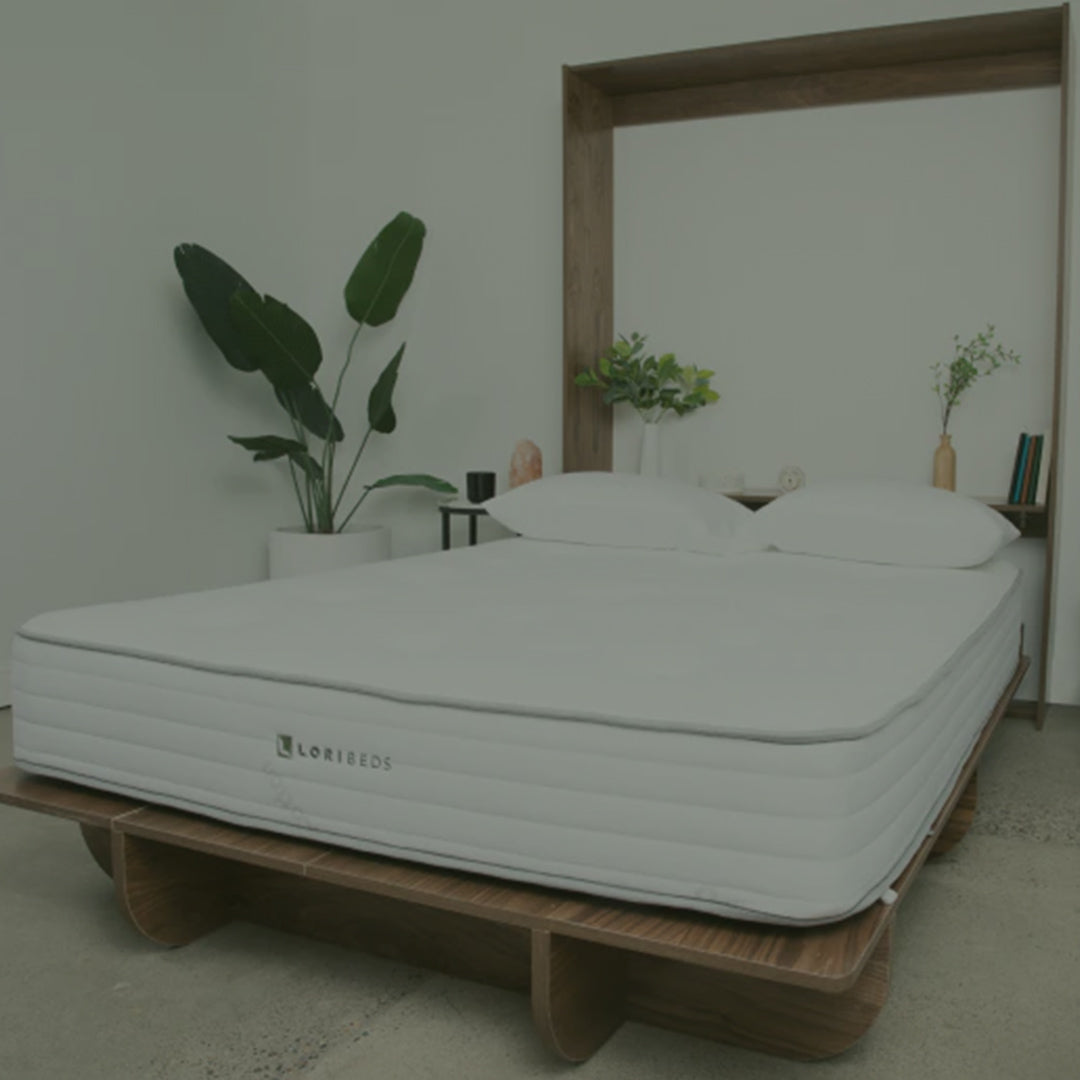

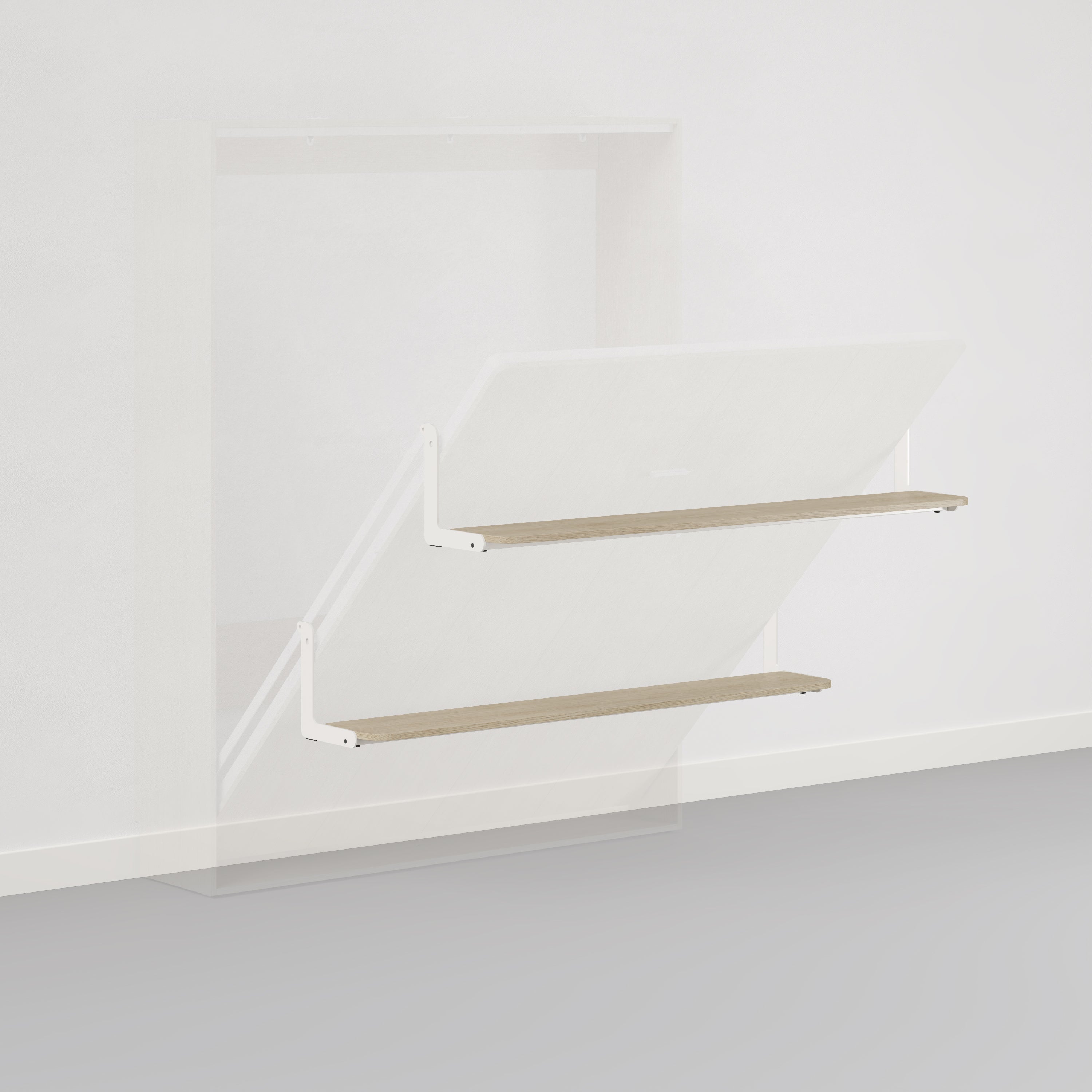
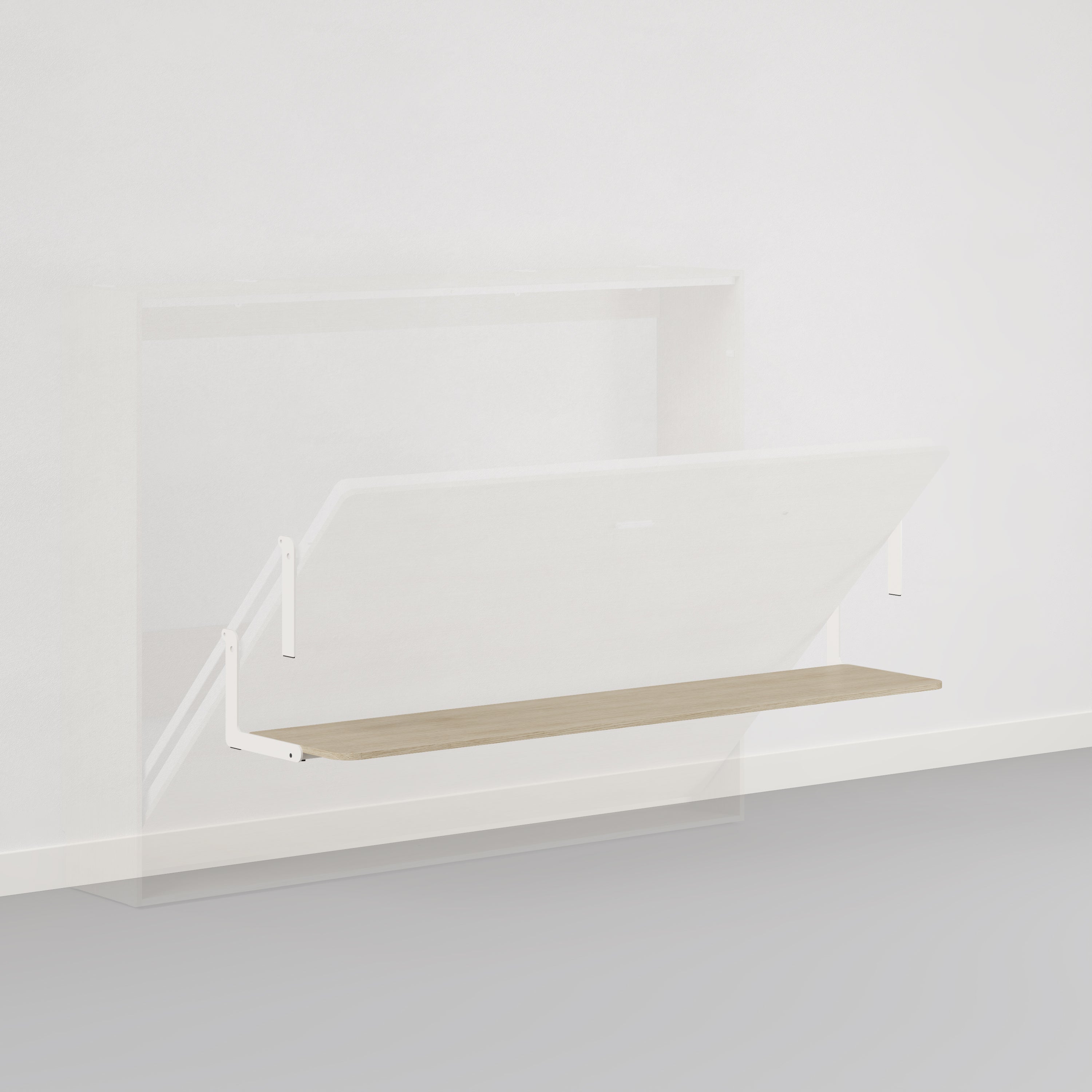
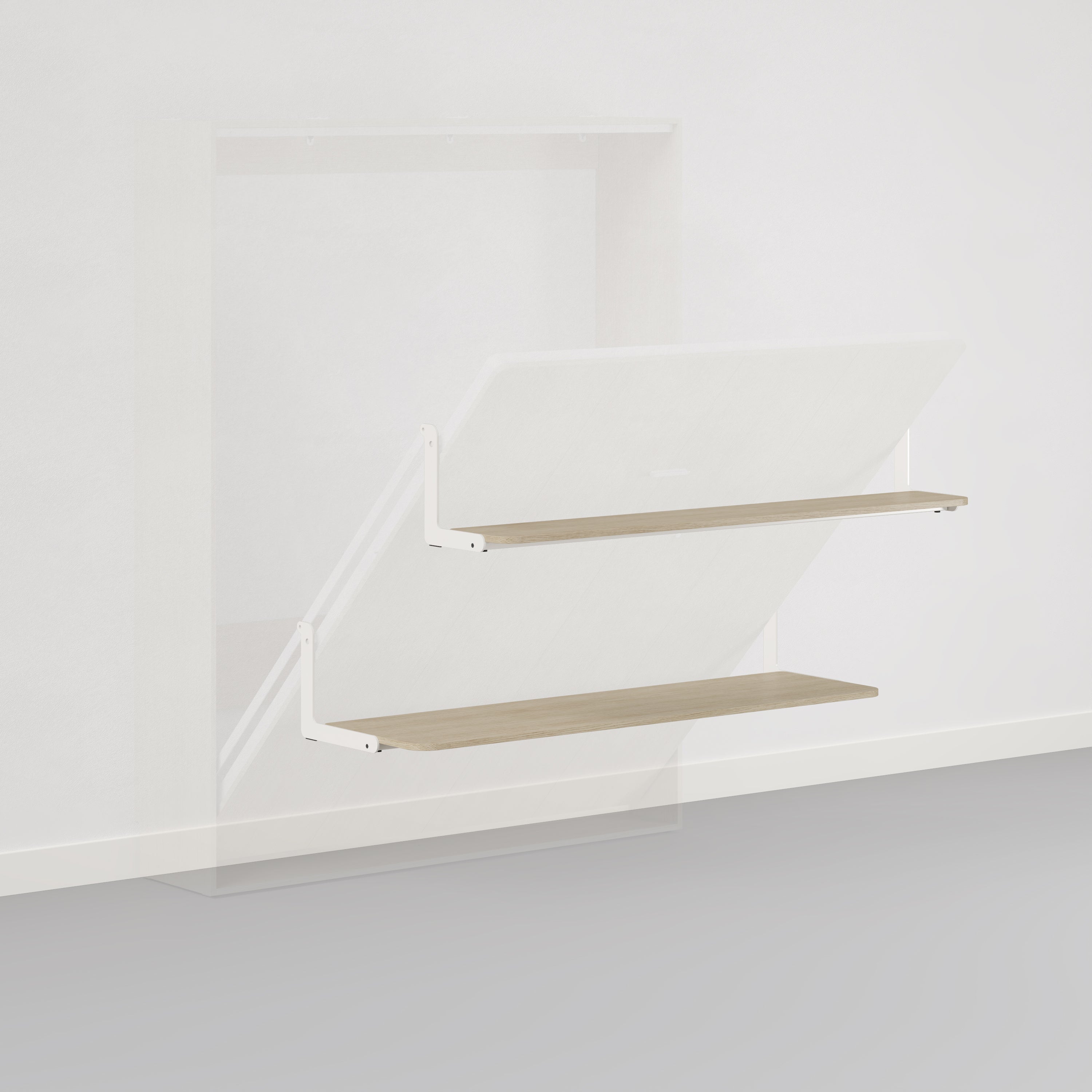

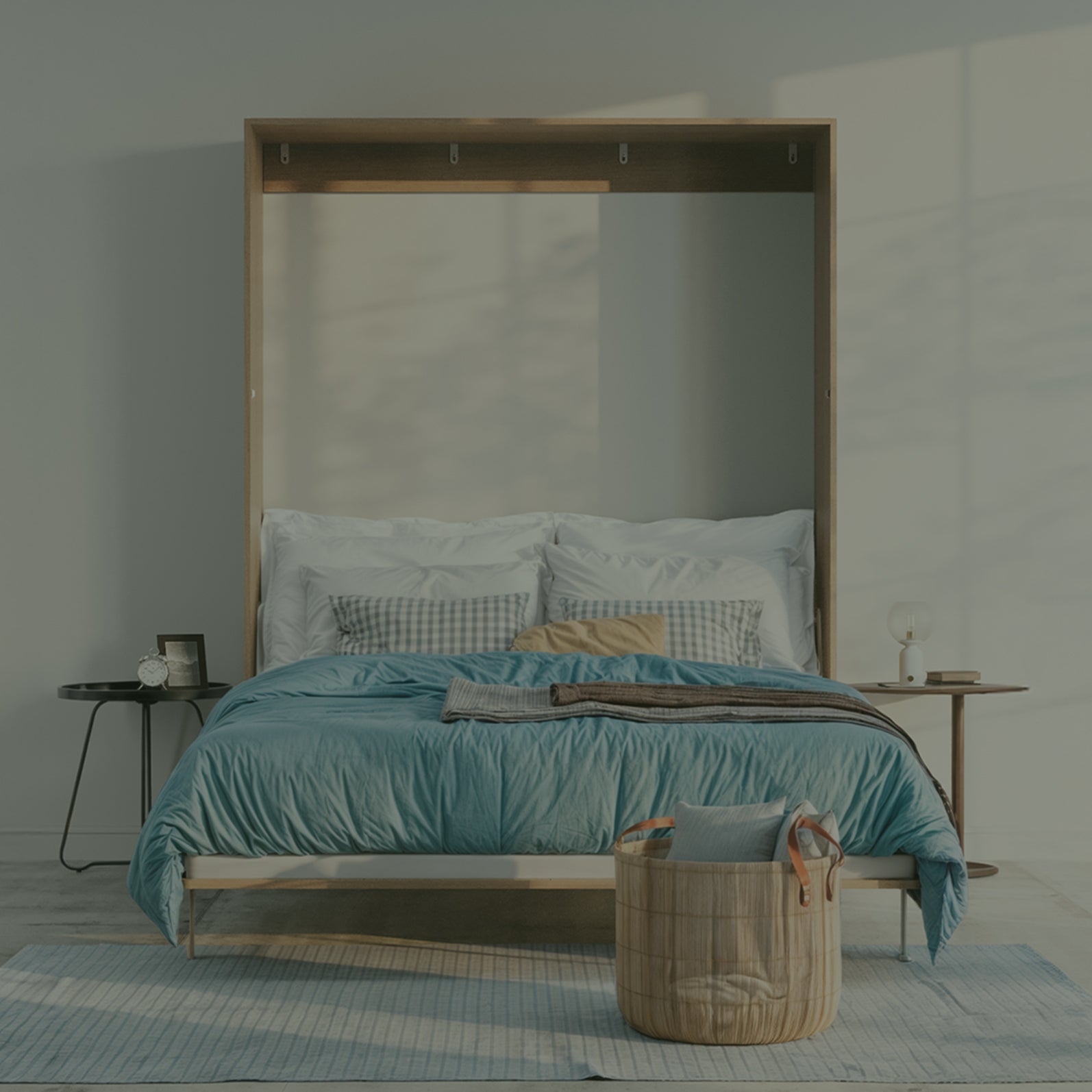

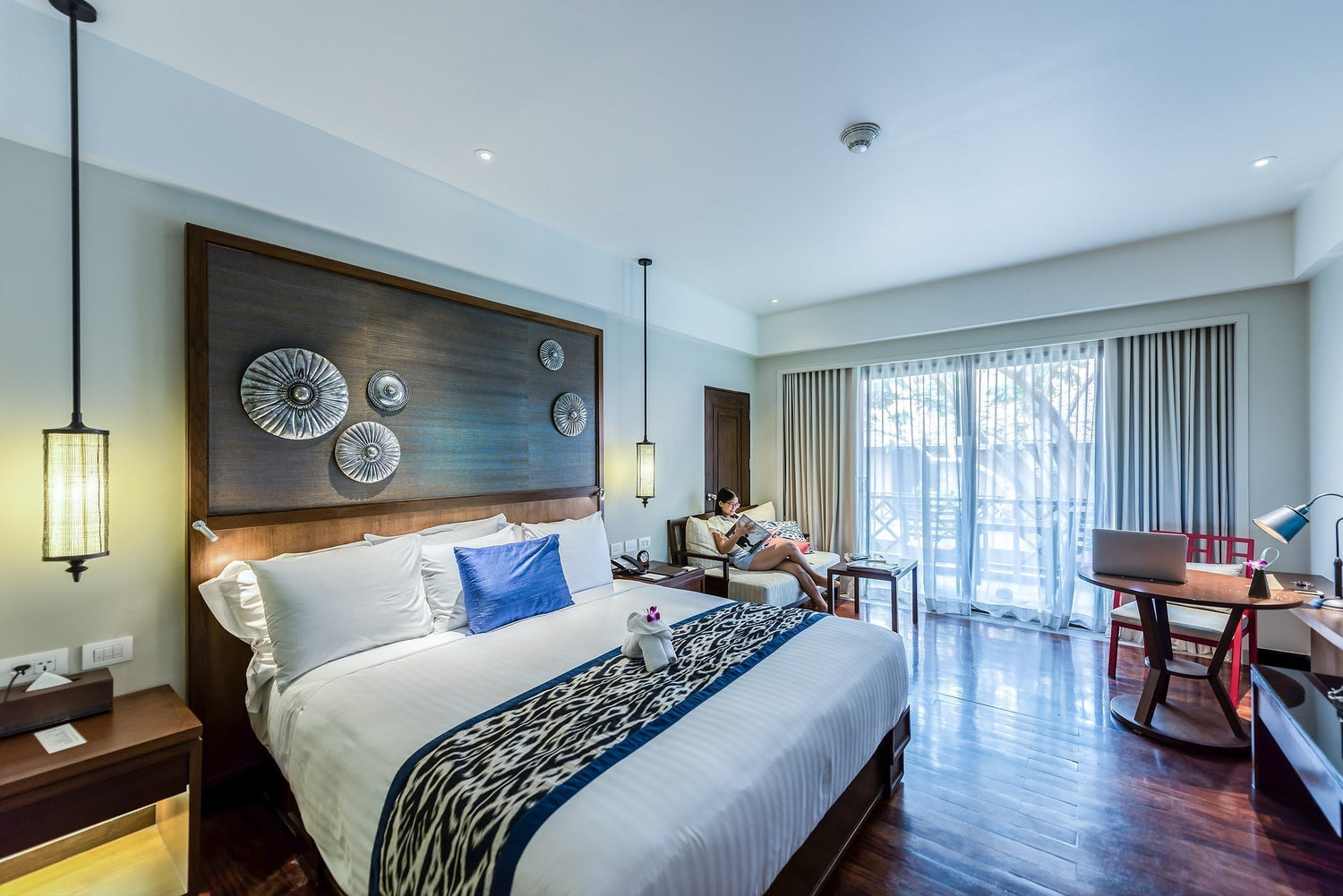
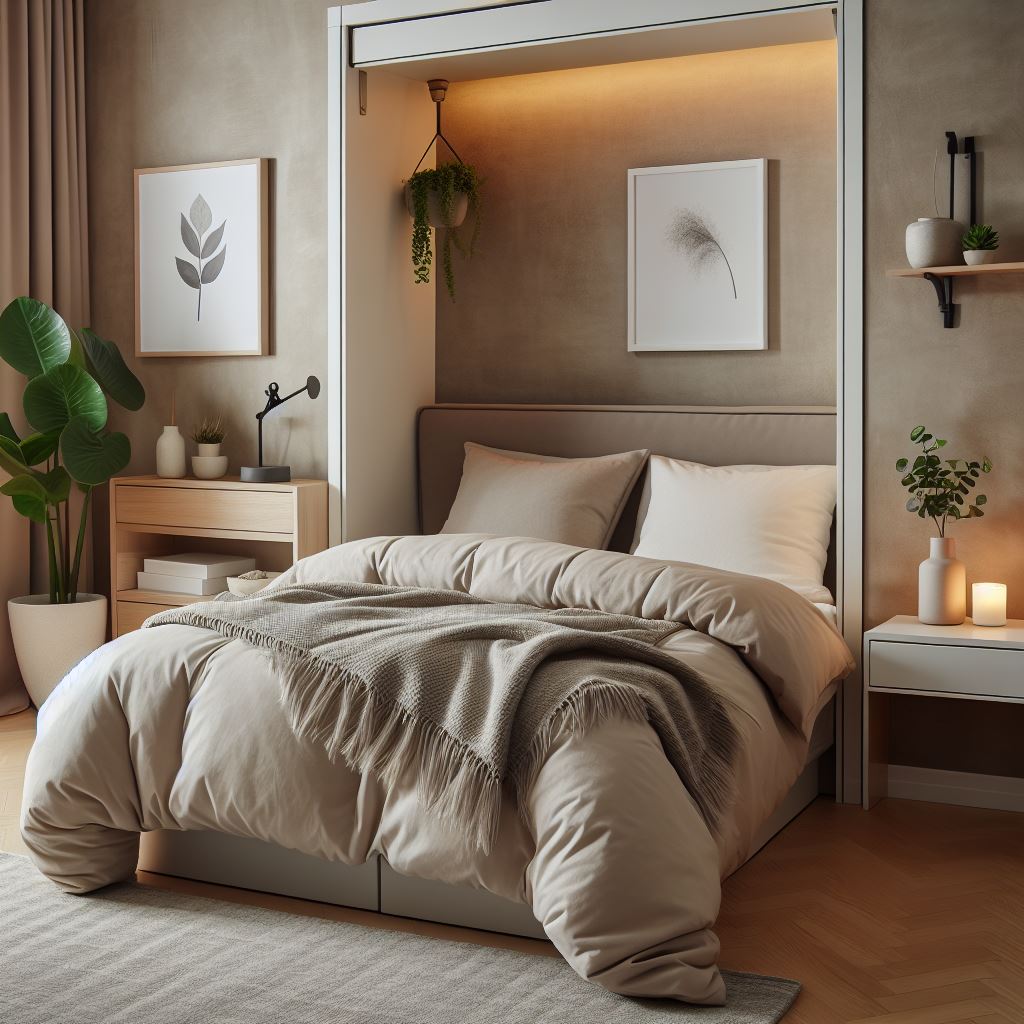

3 comments
Gina Brichoux
Can I attach a TV to the underside of the vertical lori wall bed in the recess between the horizontal cross pieces (where the “shelf” is)? Any special instructions for that?
Thanks!
Gina
Alex
You can. Water can migrate through concrete, so I would attach wooden sleepers ( strips of wood) to the concrete using redheads or other high strength wall anchors, then attach your Murphy bed to the sleepers. This way any moisture is not in direct contact with your bed. It also distributes the load more evenly across the length of the sleepers making for a more secure installation and provides air flow between the bed and the concrete wall. Even if you have a very dry basement, attaching sleepers to the wall first is the best way to do this.
Kathie Silver
Can the bed be mounted to concrete? Am considering one but for in the basement.
Leave a comment
All comments are moderated before being published.
This site is protected by hCaptcha and the hCaptcha Privacy Policy and Terms of Service apply.